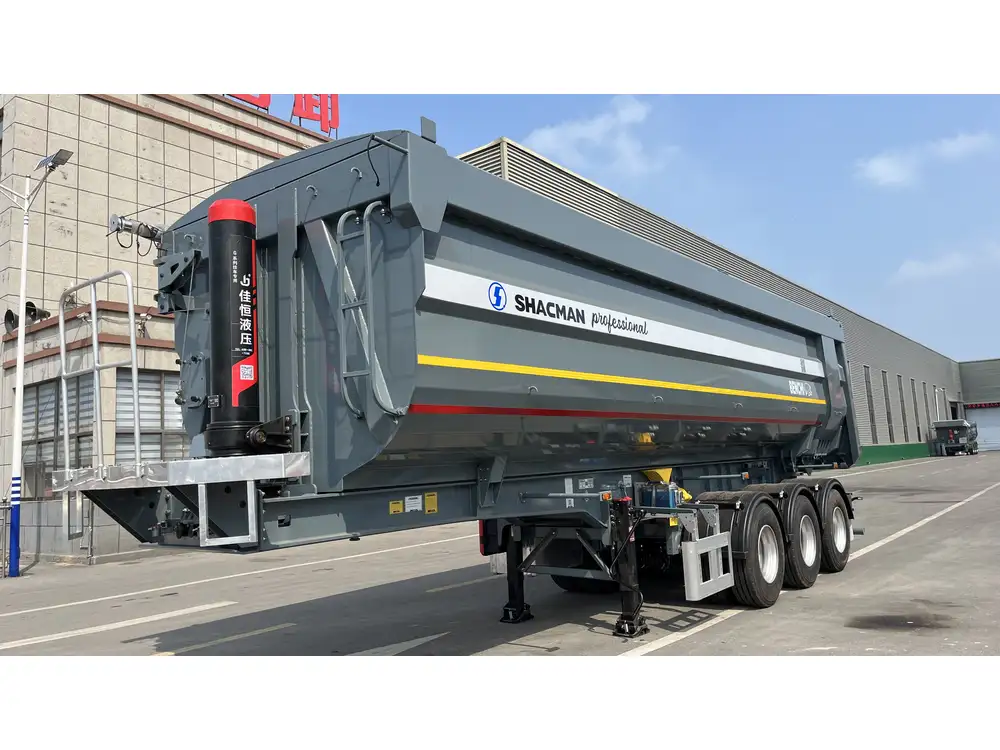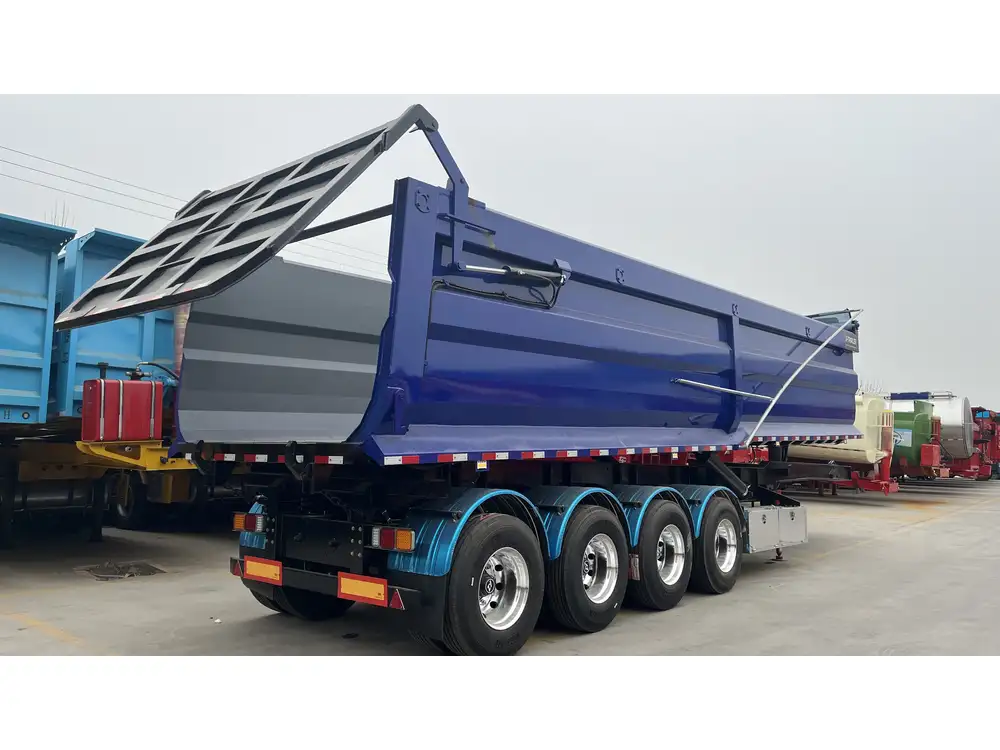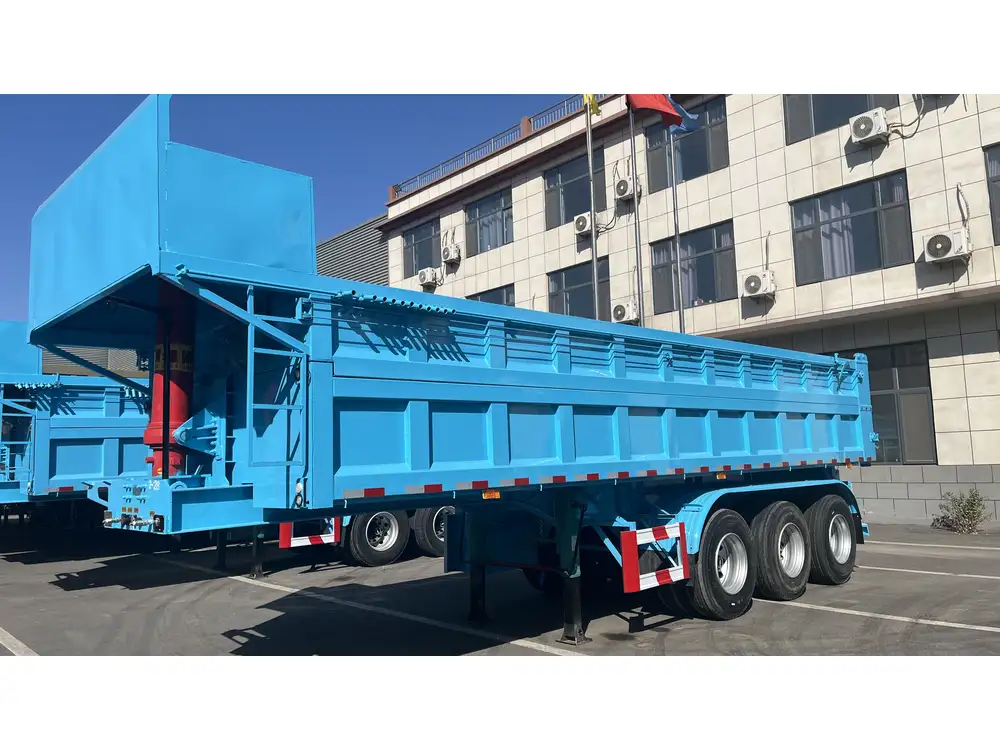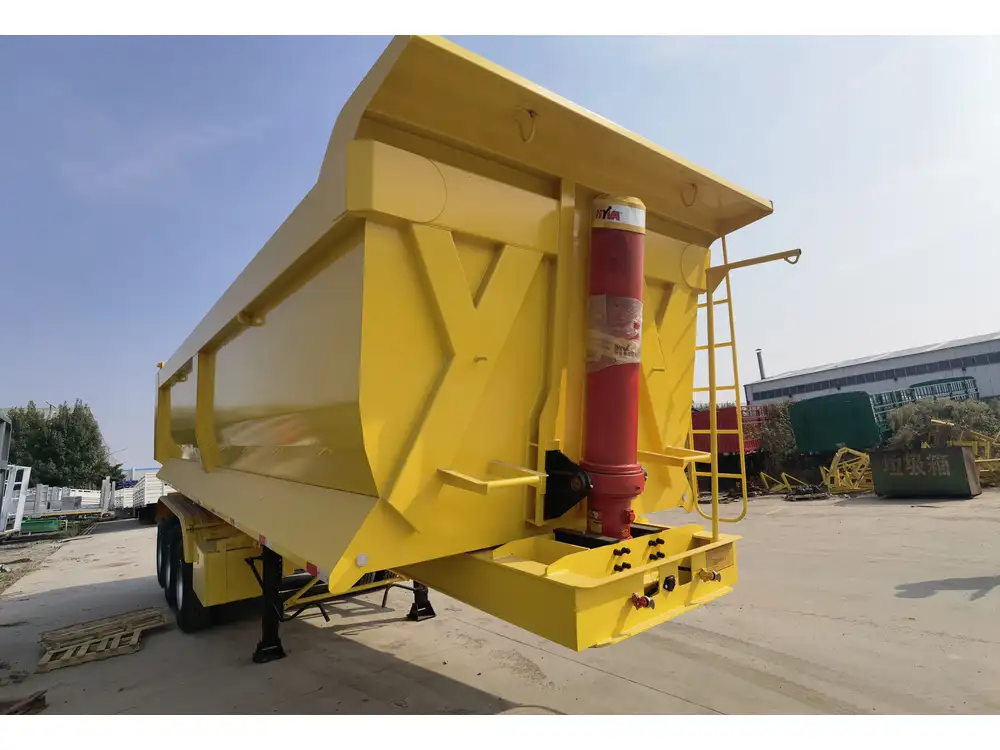When it comes to managing a fleet of semi-trailers, proper maintenance is paramount to ensure safety, longevity, and operational efficiency. Among the numerous components that demand attention, the trailer hub stands out as a critical element affecting the overall performance of the vehicle. One vital aspect of hub maintenance is understanding how much oil a semi-trailer hub holds. This article delves into diverse factors influencing oil capacity, differences in design, maintenance schedules, and more to help you make informed decisions regarding your semi-trailer hubs.
What is a Semi-Trailer Hub?
Before diving into oil capacity specifics, it’s essential to grasp the primary function of a semi-trailer hub. Each wheel of a semi-trailer is equipped with a wheel hub that houses the wheel bearings. Its primary purpose is to facilitate the smooth rotation of wheels, thus ensuring efficient movement. Additionally, the hub protects bearing assemblies from contaminants, moisture, and excessive wear, playing a significant role in vehicle safety.
Importance of Hub Oil
The oil within a semi-trailer hub serves numerous functions that are integral to the wheel’s performance:
- Lubrication: The oil lubricates the wheel bearings, minimizing friction and wear.
- Temperature Regulation: It helps dissipate heat generated by friction, ensuring optimal temperatures under various driving conditions.
- Contaminant Control: Hub oil acts as a barrier, preventing contaminants from entering the bearings, which can lead to catastrophic failures.
Given these crucial roles, understanding the oil capacity of your semi-trailer hub is vital to ensure optimal operation.

How Much Oil Does a Semi-Trailer Hub Hold?
The volume of oil a semi-trailer hub can hold can vary significantly based on multiple factors, including:
Type of Hub Design:
- Sealed Hubs: Common in many modern designs, sealed hubs usually require less maintenance and feature a predetermined oil capacity, averaging between 1 to 2.5 pints (0.5 to 1.2 liters).
- Greaseable Hubs: Designed for manual lubrication, these hubs might require between 1 to 4 pints (0.5 to 2 liters) of grease, emphasizing the importance of regular maintenance.
Manufacturer Specifications: Different truck manufacturers have different specifications for oil or grease volumes. Always consult the manufacturer’s manual for precise capacity figures related to your specific hub.
Axle Configuration: The axle configuration significantly impacts the hub’s oil requirement. For instance, a single axle might hold less oil than a double axle system because of sheer volume differences.
Operating Conditions: Hubs subjected to extreme conditions (high temperatures or heavy loads) may necessitate additional oil levels for effective lubrication, which could slightly alter the typical specifications.
Hub Oil Capacity Comparison Chart
| Hub Design | Oil Type | Typical Capacity (pints) | Maintenance Frequency |
|---|---|---|---|
| Sealed Hub | Synthetic/Standard Oil | 1 – 2.5 | Every 50,000 miles. |
| Greaseable Hub | Grease | 1 – 4 | Every 5,000 miles. |
| Heavy-Duty Hub | Synthetic Oil | 2 – 4 | Every 50,000 miles. |
Factors Influencing Oil Quantity
To determine the right amount of oil for optimal functioning, consider the following:
Road Conditions: Frequent travel on rough terrain or inclement weather poses risks. Adverse conditions can lead to faster degradation of hub oil quality.
Weight Loads: Heavier weight loads put additional stress on hubs, possibly necessitating more frequent oil changes or adjustments to oil volumes.
Type of Oil Used: Full synthetic oils often have enhanced lubrication properties, potentially allowing for reduced volumes in certain types of hubs while still maintaining performance.

Recommended Maintenance Practices
Maintaining hub oil levels and quality is critical for prolonging the lifespan of semi-trailer wheel hubs. Here are key practices:
Regular Inspections
Conduct routine inspections of wheel hubs to check for leaks, damage, or excessive wear. Use these inspections to assess oil levels and determine if it requires topping up.
Adhere to Scheduled Maintenance
Follow the manufacturer’s recommended maintenance schedule based on mileage and driving conditions. This schedule often includes routine oil changes, with intervals specified based on the design and application of the hubs.

Use Quality Oils and Greases
Always opt for high-quality oils or greases that meet or exceed the specifications provided by the hub manufacturer. This ensures optimal lubrication and wear resistance.
Pay Attention to Symptoms of Hub Wear
Subtle yet essential signs include unusual noises from the wheel hub, excess heat, or vibrations while driving. Addressing these issues promptly can prevent significant problems and costly repairs.
Addressing Common Misconceptions

Misconception 1: All Hubs Require the Same Oil Volume
In reality, not all hub designs are created equal. Manufacturers and the specific design of the hub influence the amount of oil or grease needed. It is crucial to refer to specific guidelines.
Misconception 2: More Oil Equals Greater Protection
Overfilling a hub can lead to increased pressure that might cause seal leaks, resulting in oil loss and potential damage. Adhere to the manufacturer’s guidelines for optimal levels.
Misconception 3: Sealed Hubs Don’t Need Maintenance
While sealed hubs require less frequent maintenance, they are not entirely maintenance-free. Regular inspections still play a vital role in identifying any emerging issues early.

In Conclusion
Understanding how much oil a semi-trailer hub holds is not merely a technical inquiry; it is a cornerstone for maintaining your fleet’s efficiency, safety, and longevity. By considering hub designs, manufacturer specifications, and environmental factors, you can determine the ideal oil volume for your needs. Regular inspections, adherence to maintenance schedules, and utilizing quality oils are paramount for optimal performance.
By embracing these practices and dispelling common myths, you enable your fleet to run more smoothly while ensuring the safety of all road users. Whether you manage a single semi-trailer or an extensive fleet, staying informed and proactive in hub maintenance can save you considerable costs down the line and enhance operational reliability.



